Food cost is the single highest expense in operating a restaurant business. Left unchecked and managed poorly, it can spell disaster for the business.
No doubt most entrepreneurs involved in running small to medium size eateries, cafeterias, and fine dining restaurants have their own way of managing their food stocking. Thanks to these methods, some become highly successful and profitable. Others don’t.
In all likelihood, the smart, successful ones know how to use the food cost formula that has helped them grow and perhaps even expand and establish a branch or two in different locales.
Table of Contents
What’s a food cost formula?
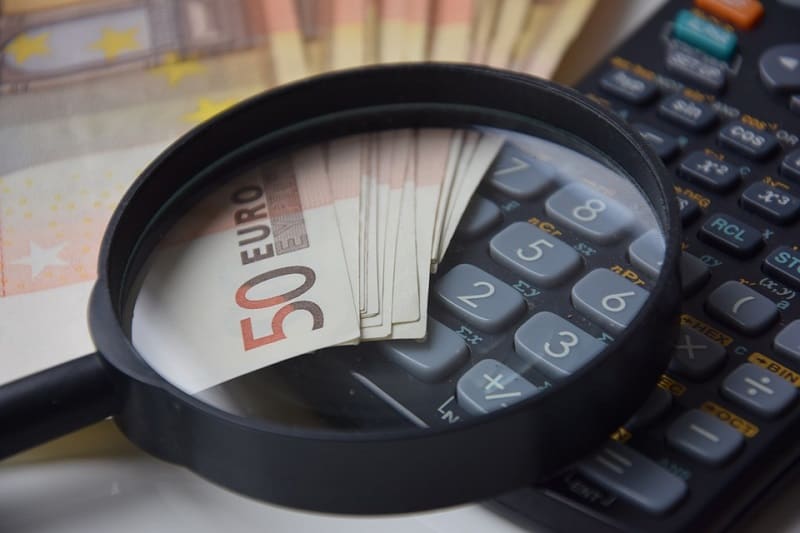
Like Profitboss founder Adam Guild says, grit and perseverance are the ultimate gifts to reach success, but you need to pay attention to your business costs too.
The food cost formula is a simple, uncomplicated and efficient way of tracking your food expenses. Consequently, this allows you to manage better this aspect of the business.
Here’s how it works:
- Determine the value (U.S. dollars) of your food inventory at the beginning of the week.
- Add to this your purchases of the week.
- Deduct your ending inventory (end of the week).
- And finally, divide this by your sales of the week. You will then get your food cost percentage.
Example:
- Value of beginning inventory $5000
- Plus value of purchases for the week $4000 = $9000
- Less ending inventory $6000 = $3000
- $3000/sales of the week $8000 = 37.5% Your food cost percentage
So, what do I do with this food cost percentage?
Know that among successful restaurant owners, the acceptable range of food cost percentages run from 28% to 32% of total food sales. For certain types of restaurants that enjoy the economies of scale (buying in bulk at preferential rates), like fast food chains, this percentage can go even lower.
The food cost percentage (37.5%) resulting from the preceding sampled demonstration of the food cost formula is on the high side. If, after doing your own computations, you find your food cost percentage is beyond these acceptable numbers (28%-32%), here’s what you can do:
Try negotiating with your suppliers. Offer them a long term contract in exchange for reduced prices for the food items you generally stock on.
You could also explore the possibility of teaming up with another restaurant which might have the need for food products similar to yours. You can then buy these items in bulk at lower prices and simply divide the cost between you two.
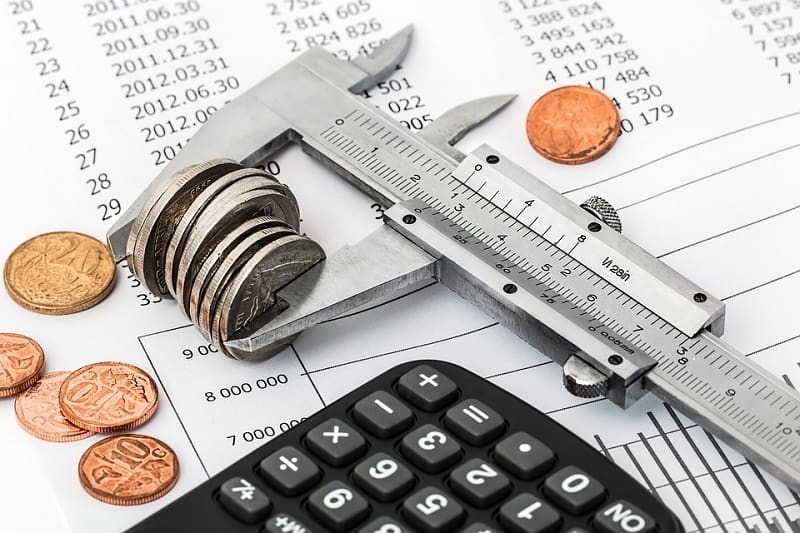
You could also take a close look at your menu with an eye towards reducing it. Are you offering too many choices for diners? Are there slow moving dishes whose ingredients are seldom used?
Sometimes customers would rather have a balanced, well-prepared menu than an extensive range of meal choices. By identifying what sells and what doesn’t in your restaurant, you could most probably delete some ingredients from your purchases and reduce your food cost.
Take a cue from Mario’s Pizzeria
Mario Belucci is an Italian immigrant who started his 50-seat pizzeria in the outskirts of Santa Barbara, California.
Concerned and worried about his constant low profits since he opened up sixteen months ago, he talked to Javier, his Hispanic American friend, who was also in an eatery business and learned about the food cost formula.
On applying this, he realized his food cost percentage was running high (39%). Looking closely into his food inventory and analyzing his sales, he discovered he was stocking too much on red peppers, salami, and blue cheese, key ingredients for two pizza varieties that weren’t too hot with his customers.
Next, he got rid of these pizza toppings, reduced his inventory, and pushed his popular pepperoni-topped pizza flavors. With better sales and lower inventory, he now is running a food cost percentage of 30% and continues to boost his profit figures.
Apply the food cost formula to your restaurant business on a weekly basis. Use your food cost percentage as a tool to track down and determine if your food expenses are eating too big of a slice out of your profit pie.
This is a guest contribution by Suzanne.










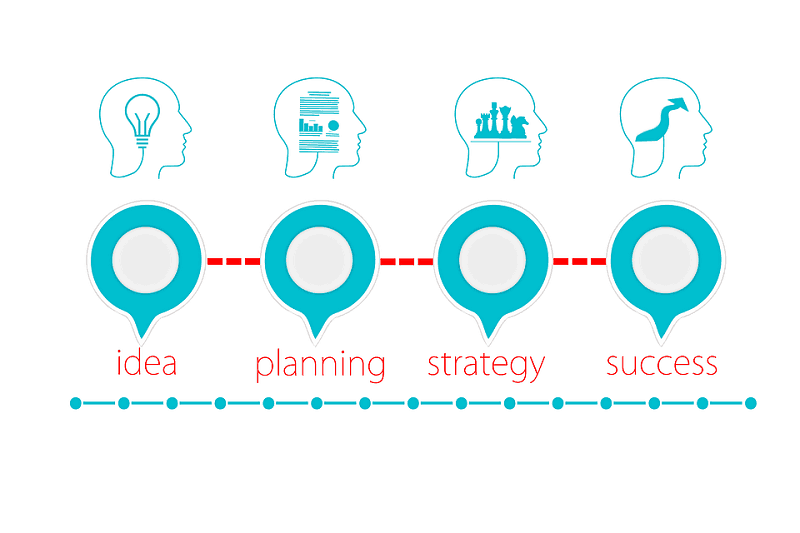

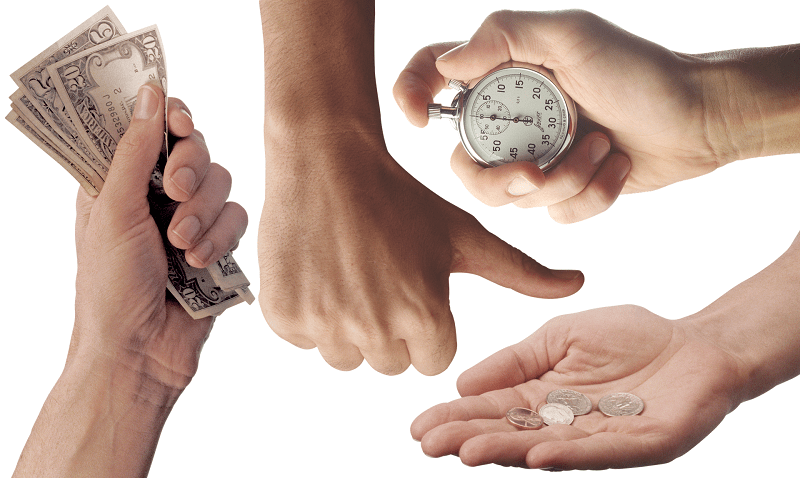








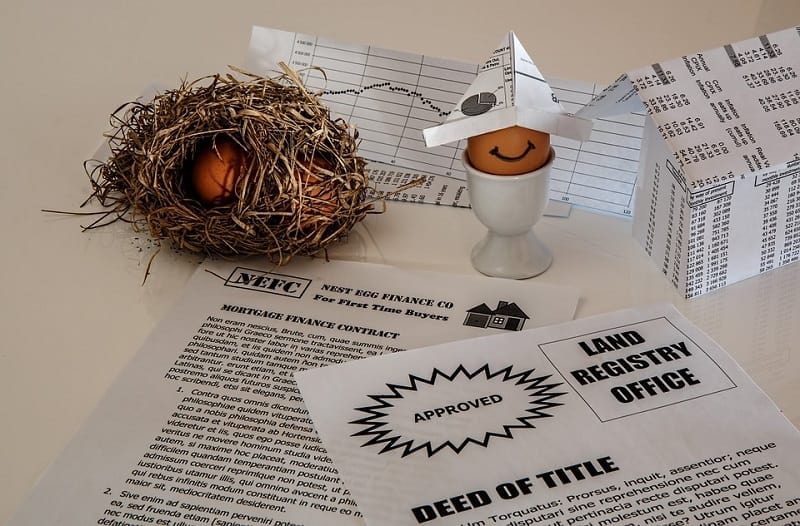



Few folks think thru the cost of goods for their business Suzanne and Erik. Especially folks in restaurants. Forget stocking out da ying yang. Cut costs by slashing inventory of slow or no sellers, invest in sellers, cut costs and increase profits.